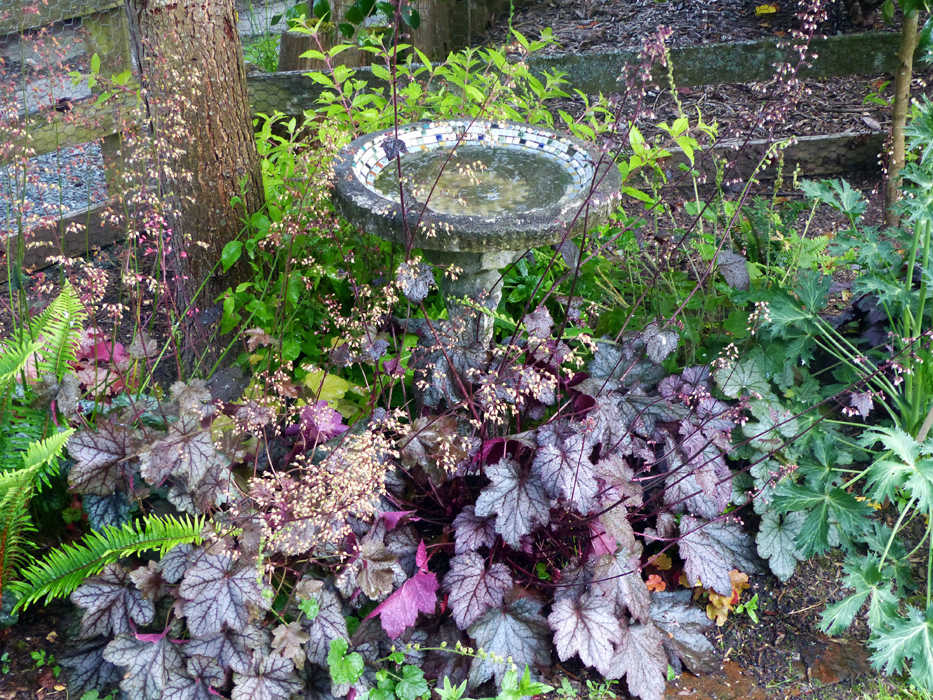Too many plants, too little time? A lot of unnecessary effort can be weeded out with some time- and energy-saving shortcuts, from plant selection to better tools.
“I realized one day that I was becoming a slave to my plants,” said Kerry Ann Mendez of Kennebunk, Maine, author of “The Right-Size Flower Garden” (St. Lynn’s Press, 2015). “I was working harder for them than they were working for me. So I re-evaluated and started being more responsible about the plants I was putting into my garden.”
Mendez said she made some hard decisions.
“I had some hydrangeas that had been constant bloomers but they were water hogs,” she said. “I’m using different hydrangeas now that require less than half the amount of water the old ones did.”
As for annuals, she found varieties that don’t need deadheading, consume less water and thrive in the shade.
“They give me more pizazz and provide lots of pollen,” Mendez said. “That’s better planting for the planet, and I’ve been able to recover 50 percent more of my (gardening) time just by simplifying.”
Plants are not your children or pets, she said. “If they’re not performing up to your standards — if they take too much time and effort — don’t make any excuses for them. Tear them out. Take them away.”
Other ways to garden smarter:
— Use native plants. “Not necessarily exclusively,” Mendez said. “I believe in a mix of plants if the others (non-natives) are well behaved. But with natives, you don’t need to water and there’s no fertilizing. Little or no hand-holding is required, and they’re important for bio needs, like attracting pollinators.”
— Mulch. “People are doing more with mulch,” Mendez said, “especially multi-purposing, nutrient-rich mulches that can energize plants while reducing water evaporation from the soil. Ground covers also help by discouraging weeds and providing a tapestry of foliage and flowers.”
— Plant shrubs and ornamental trees. “Woody plants require much less maintenance than perennials,” Mendez said. “I can put just one woody shrub in an area that initially supported five to seven perennials.”
— Downsize. “Eliminate some of that mowing and weeding,” said Brooke Edmunds, an Oregon State University extension horticulturist. “Plant using lawn mixes that work even if they’re not as frequently mowed. Use perennials more than annuals. Use things that don’t grow as quickly and wind up becoming just another chore.”
— Emphasize safety. “Avoid acute and chronic repetitive strain injuries,” said Anne Lindsay, an associate professor and exercise physiologist with University of Nevada-Reno Cooperative Extension. If it’s the end of the day and there’s just one tree left to prune, don’t feel compelled to do it. “Your body is tired but you want to finish it,” said Lindsay. “That’s when injuries happen, or the repetitive strain.”
— Choose better tools. “Bring your raised beds up to a comfortable working height,” Lindsay said. “Get tools with larger handles that discourage strong gripping and ease pain.”
Less effort can deliver more results with simplified but thoughtful yard work, Mendez said.
“I’ve done a lot of rethinking about how to garden,” she said. “I’m getting beautiful color with less work, and I feel better about it.”
Online:
For more, see this University of Missouri Extension fact sheet: http://www.extension.missouri.edu/p/G6902

